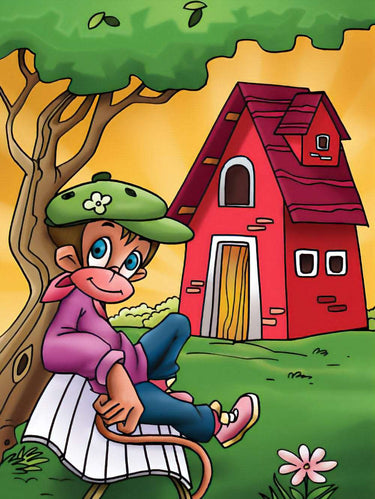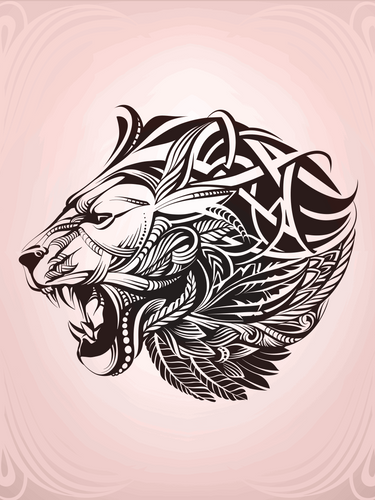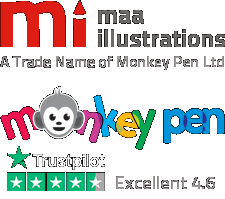At the nexus of art and science, medical illustration represents a variety of approaches that both create a sense of aesthetic beauty and accurately depict complex anatomical complexities. In order to ensure that the intended audience can understand complex medical topics, these styles have been carefully chosen to strike a balance between accuracy, clarity, and visual appeal. This article explores the various approaches used in medical illustration, demonstrating how each brushstroke has two functions: illuminating scientific understanding and captivating the viewer.
Realistic Illustration:
The objective of realistic medical graphics is to replicate anatomical structures as accurately as possible. These drawings are incredibly detailed, and they frequently make use of colour gradients and shading to accurately depict organs, tissues, and physiological processes. This style's artists carefully examine cadavers, histology slides, and medical imaging to produce images that function as accurate teaching aids. In medical illustration, realism guarantees that researchers, educators, and medical professionals have a realistic grasp of the human body.
Schematic or Diagrammatic:
Diagrammatic illustrations reduce intricate structures to simple, comprehendible diagrams. To draw attention to important details, colour coding and simpler shapes are frequently used. Labels and alerts are used to direct the reader since these images concentrate on emphasising important details and relationships. Diagrammatic illustrations are frequently seen in patient information sheets, presentations, and educational materials.
Figurative Cross-Section:
By showing slices or layers of anatomy, cross-sectional images offer a thorough picture of internal systems. This form of art gives viewers a three-dimensional grasp of anatomy through images that resemble virtual dissections. This style is often used in anatomical atlases, surgical manuals, and medical imaging interpretations because it is very useful for illustrating spatial relationships inside the body.
Digital and 3D Rendering:
Technology has advanced to the point that 3D rendering is now a potent style in medical illustration. Using this method, three-dimensional representations of anatomical structures can be produced, offering a dynamic and interactive experience. Virtual anatomy apps, medical animations, and instructional software frequently use 3D rendering. This adaptability is especially useful for explaining dynamic processes, such the mechanics of joints or the course of diseases.
Infographic and Information Design:
Medical illustrators frequently use infographic styles to provide data-driven information in the age of information overload. Infographic-style medical drawings convey information in an aesthetically appealing and easily readable way by combining images with succinct text. These illustrations are frequently used to provide medical information and guidance to a wide audience in health campaigns, public awareness publications, and websites. This entails explaining complicated medical topics using graphs, charts, and other visual aids. When presenting statistical data, therapeutic options, or the effects of diseases on populations, infographic designs are frequently used.
Watercolor and Artistic Rendering:
For visually appealing images, some medical illustrators use creative mediums like watercolour or other traditional techniques. These artistic renditions, however not as comprehensive as genuine illustrations, can arouse empathy and are frequently utilised in patient education tools, medical literature, and awareness campaigns.
Pen & ink illustrations and line drawings:
The main techniques used in pen and ink drawings and line drawings are hatching and lines to represent form and structure. When a clear representation is needed, this clean, exact style is frequently utilised in surgical representations, medical diagrams, and anatomical sketches.
Medical Animation:
Some medical illustrators go beyond still photos and explore animation. It is possible to show physiological processes, surgical procedures, or the mechanisms of action of medications using this dynamic approach. Medical animation adds another level of comprehension and facilitates the understanding of difficult ideas.
Storyboarding and Sequential Art:
Illustrators may use sequential art for patient education or medical narratives. This involves putting together a sequence of pictures that create a tale and lead the audience through various medical procedures, therapeutic journeys, or illness progressions. Sequential art has a great ability to tell a story visually that people can relate to on a personal level.
In conclusion up, the variety of medical drawing styles is equal to that of the anatomical structures they depict. Every technique has a role in explaining the marvels of the human body, whether it is exploring the virtual landscapes of a 3D-rendered organ or capturing the minute intricacies of tissues in a watercolour wash. Medical illustration's artistic quality fosters awe and an appreciation for the beauty found in life's intricacies in addition to improving scientific comprehension.






